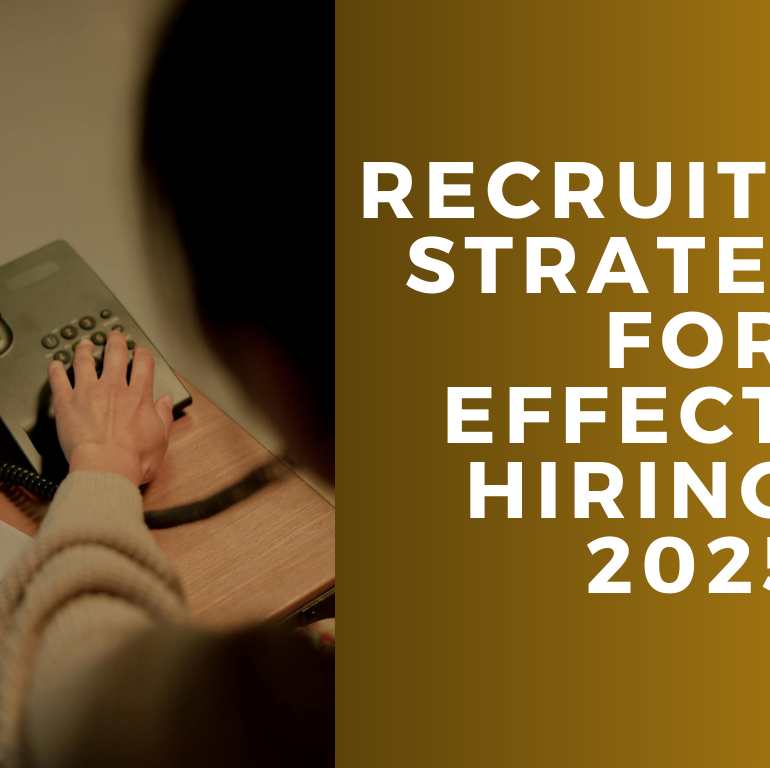The renewable energy sector is experiencing unprecedented growth, driven by global efforts to combat climate change and reduce carbon emissions. This surge has led to an increased demand for skilled professionals to fill a variety of green energy jobs. However, the industry faces a significant challenge: a talent gap that threatens to slow down progress. Bridging this gap requires innovative talent acquisition strategies and a commitment to building a sustainable workforce.
The Growing Demand in the Clean Energy Sector
As countries invest heavily in renewable energy projects, the clean energy sector is expanding rapidly. Solar farms, wind turbines, and other renewable installations are becoming commonplace. This industry growth has created a plethora of job opportunities, from engineers and technicians to project managers and policy experts. Despite this boom, companies are struggling to find qualified candidates, highlighting a critical skills shortage.
Hiring Challenges in Renewable Energy Recruitment
One of the main hiring challenges is the lack of experienced professionals familiar with the latest renewable technologies. Traditional education systems have not kept pace with the industry’s evolution, resulting in a workforce that lacks the necessary skills. Additionally, competition for talent is fierce, not just within the renewable sector but also from traditional energy industries and other tech-driven fields.
Effective Talent Acquisition Strategies
To overcome these challenges, companies must adopt effective talent acquisition strategies tailored to the unique needs of the renewable energy sector.
- Talent Pipeline Development: Building relationships with educational institutions can help create a steady stream of qualified candidates. Companies can collaborate with universities and technical schools to develop curricula that align with industry needs. Internship and apprenticeship programs can also provide hands-on experience to students, preparing them for future roles.
- Upskilling and Reskilling: Investing in training programs for existing employees or professionals from related industries can help bridge the skills gap. Upskilling initiatives enable workers to acquire new competencies, while reskilling allows those from declining industries to transition into renewable energy roles.
- Leveraging Technology in Recruitment: Utilizing digital platforms and social media can expand the reach to potential candidates. Online job fairs, webinars, and virtual interviews make the recruitment process more efficient and can attract tech-savvy individuals interested in the clean energy sector.
- Promoting Workforce Diversity: Embracing workforce diversity is not just a social imperative but also a strategic advantage. Diverse teams bring varied perspectives and ideas, fostering innovation. Companies should strive to create inclusive hiring practices that encourage applications from underrepresented groups.
- Competitive Compensation and Benefits: Offering attractive salary packages and benefits is crucial in a competitive job market. Beyond financial incentives, emphasizing the opportunity to contribute to a sustainable future can be a significant draw for purpose-driven professionals.
Building a Sustainable Workforce
Creating a sustainable workforce means looking beyond immediate hiring needs and focusing on long-term employee retention and development. Companies should foster a culture of continuous learning, providing opportunities for professional growth and advancement. Mentorship programs and clear career pathways can enhance job satisfaction and reduce turnover rates.
Additionally, aligning company values with environmental sustainability can increase employee engagement. When staff feel that their work contributes to a greater good, they are more likely to be motivated and committed to the organization’s success.
Addressing the Skills Shortage
Solving the skills shortage requires a collaborative approach involving industry stakeholders, educational institutions, and government agencies.
- Educational Partnerships: By partnering with schools and universities, companies can help shape curricula to include relevant skills and knowledge. Scholarships and sponsorships can also encourage students to pursue careers in renewable energy.
- Government Initiatives: Policy support is essential for driving industry growth. Governments can provide funding for training programs, offer tax incentives for companies investing in workforce development, and streamline regulations to facilitate industry expansion.
- Global Talent Recruitment: Expanding the search for talent internationally can help fill critical positions. However, companies must navigate visa regulations and consider cultural integration strategies to ensure a smooth transition for international hires.
The Role of Innovation
Innovation is at the heart of the renewable energy sector. Embracing new technologies not only improves efficiency but also attracts top talent eager to work on cutting-edge projects. Companies should invest in research and development and encourage a culture of innovation within their teams.
Frequently Asked Question
- Why is there a talent gap in the renewable energy sector?
- The rapid growth of the renewable energy industry has outpaced the development of a skilled workforce. Educational programs and training have not fully aligned with industry needs, leading to a shortage of qualified professionals.
- What are effective strategies for renewable energy recruitment?
- Effective strategies include developing talent pipelines through educational partnerships, investing in upskilling and reskilling programs, leveraging technology for recruitment, promoting workforce diversity, and offering competitive compensation.
- How can companies promote a sustainable workforce?
- Companies can promote a sustainable workforce by fostering a culture of continuous learning, providing clear career advancement opportunities, aligning company values with sustainability, and investing in employee well-being and engagement.
- What role does workforce diversity play in bridging the talent gap?
- Workforce diversity expands the talent pool and brings a range of perspectives and ideas, fostering innovation. Inclusive hiring practices can attract candidates from various backgrounds, helping to fill roles that might otherwise remain vacant.
- How can individuals transition into green energy jobs?
- Individuals can transition into green energy jobs by participating in upskilling or reskilling programs, obtaining relevant certifications, gaining experience through internships or entry-level positions, and staying informed about industry trends and technologies.
Conclusion
Bridging the talent gap in renewable energy is vital for sustaining the industry’s momentum and achieving global sustainability goals. By implementing strategic talent acquisition strategies, focusing on talent pipeline development, and promoting workforce diversity, companies can build a robust and sustainable workforce. Addressing hiring challenges proactively will position organizations to lead in the clean energy revolution, ensuring a brighter and greener future for all.









